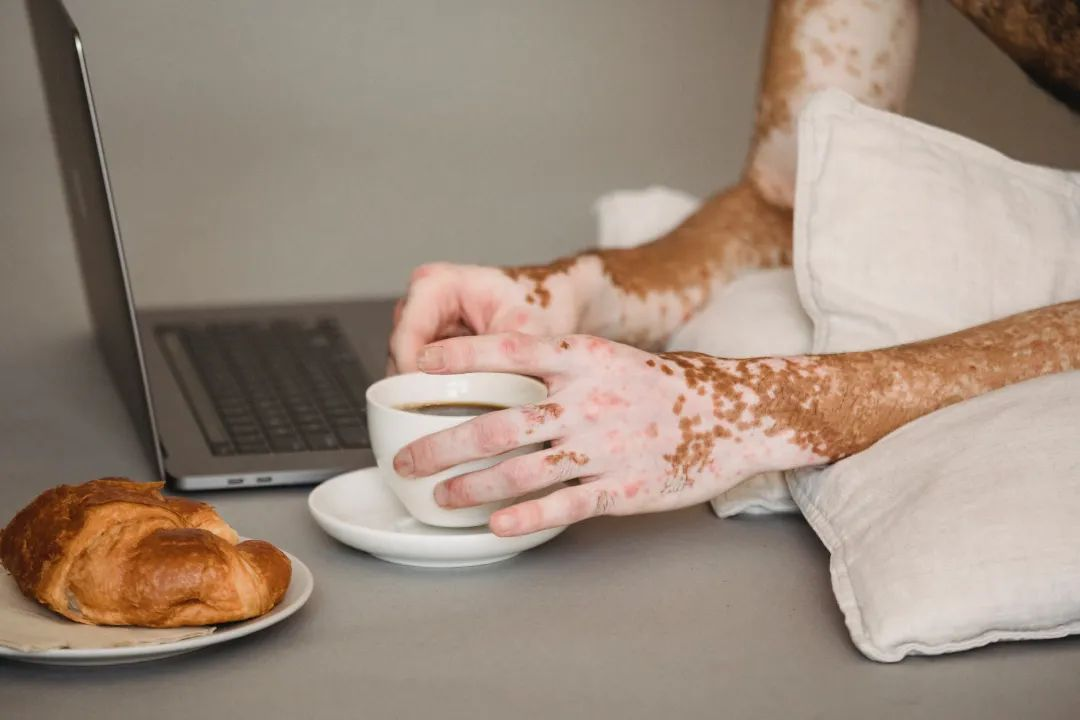
Phototherapy combined with drug therapy has emerged as a highly effective approach in the polychromatic treatment of vitiligo. With advancements in medical technology and deepening understanding of vitiligo's pathogenesis, this combination therapy has garnered significant attention for its superior therapeutic outcomes. While home-based phototherapy coupled with medication may appear straightforward—merely applying drugs or ointments before or after light exposure—in practice, patients often encounter various challenges.
Should one apply the medication first or initiate light therapy? How long should each modality be administered? Does the sequence of application influence the final repigmentation outcome? This article aims to provide an in-depth analysis of the operational methods and precautions associated with home-based phototherapy combined with drug therapy.
1. Which medications can be used in conjunction with home phototherapy?
Vitiligo patients undergoing home phototherapy may combine local and/or systemic treatments. Topical medications primarily include glucocorticoids, calcineurin inhibitors (e.g., tacrolimus), vitamin D3 derivatives (e.g., calcipotriol ointment, tacalcitol ointment), JAK inhibitors, and antioxidants. Systemic therapies can involve oral glucocorticoids, small molecule JAK inhibitors, traditional Chinese medicine preparations, and antioxidants (e.g., afanoptide, simvastatin). However, the specific combination regimen must be developed in consultation with a healthcare provider and strictly adhere to medical advice.
It is important to note that while JAK inhibitors alone can effectively modulate immune responses, they have limited impact on repigmentation. For patients with generalized, advanced disease or inadequate response to monotherapy with JAK inhibitors, combining JAK inhibitors with NB-UVB phototherapy can significantly enhance therapeutic efficacy. The synergistic effect of JAK inhibitors in inhibiting autoimmunity and phototherapy in promoting melanocyte regeneration can markedly improve repigmentation rates in vitiligo patients.
2. Precautions when combining home phototherapy with drugs
a. Avoid using medications or cosmetics before phototherapyGenerally, it is not advisable to use medications, cosmetics, or skincare products prior to phototherapy, except in special cases. For instance, calcipotriol cream, due to its photoprotective properties, can absorb the energy from phototherapy, leading to suboptimal therapeutic effects. Therefore, patients are advised against applying medications, makeup, or skincare products before phototherapy to ensure optimal efficacy. In cases where patients have persistent white spots and poor phototherapy outcomes, photosensitizers can be applied under medical supervision to enhance skin sensitivity to phototherapy.
b. Apply topical medications 2 hours post-phototherapyTopical medications should generally be applied at least 2 hours after phototherapy. Some topical agents may interfere with the observation of erythema reactions following phototherapy, which could affect the assessment of appropriate phototherapy dosage. For example, topical glucocorticoids may delay the onset of erythema reactions. Notably, the timing for reapplying tacrolimus differs; it is typically recommended to reapply tacrolimus 6 hours after phototherapy to ensure effective combination treatment.
c. Maintain skin hydrationDryness following phototherapy is a common occurrence. Patients are encouraged to use moisturizing gels or creams with simple ingredients to alleviate this symptom.